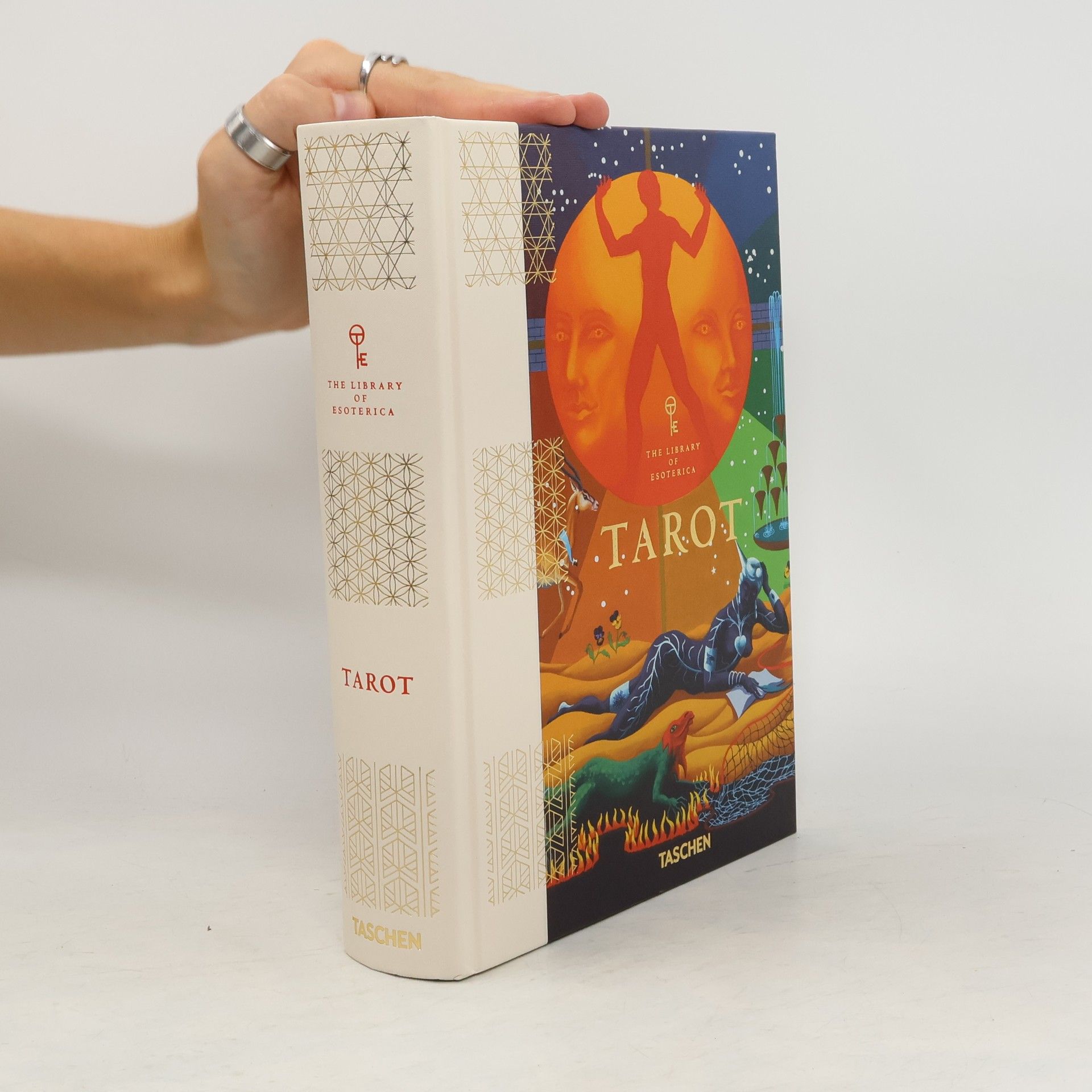Plant Magick. The Library of Esoterica
- 520bladzijden
- 19 uur lezen
The fourth volume in The Library of Esoterica explores the historic roots of plants in myth, religion, and magickal practices. Through essays, interviews, and more than 400 images-from ancient Egyptian stonework to 18th-century botanical illustrations-Plant Magick chronicles the beautifully symbiotic relationship between plants and people.


